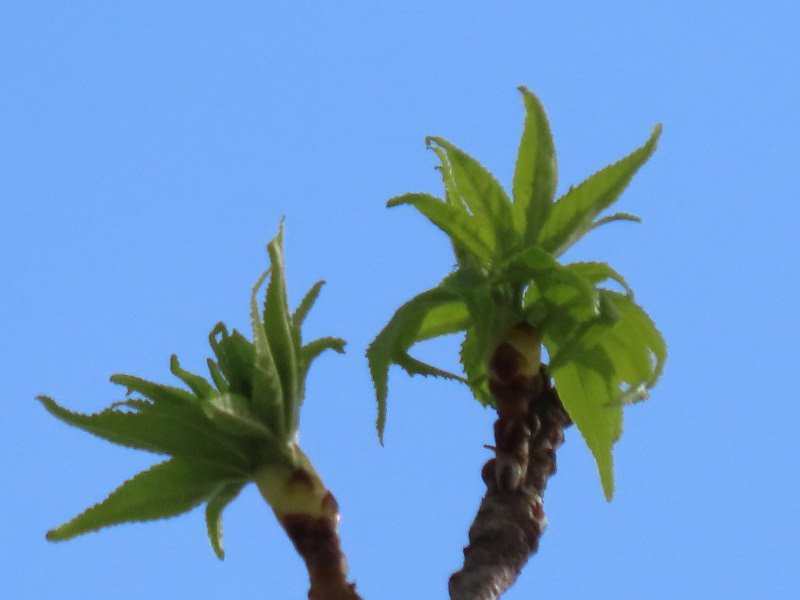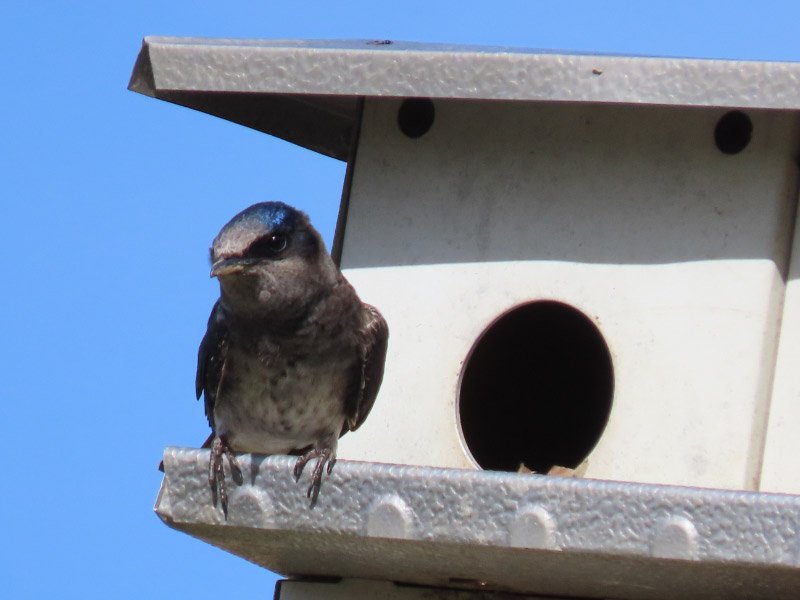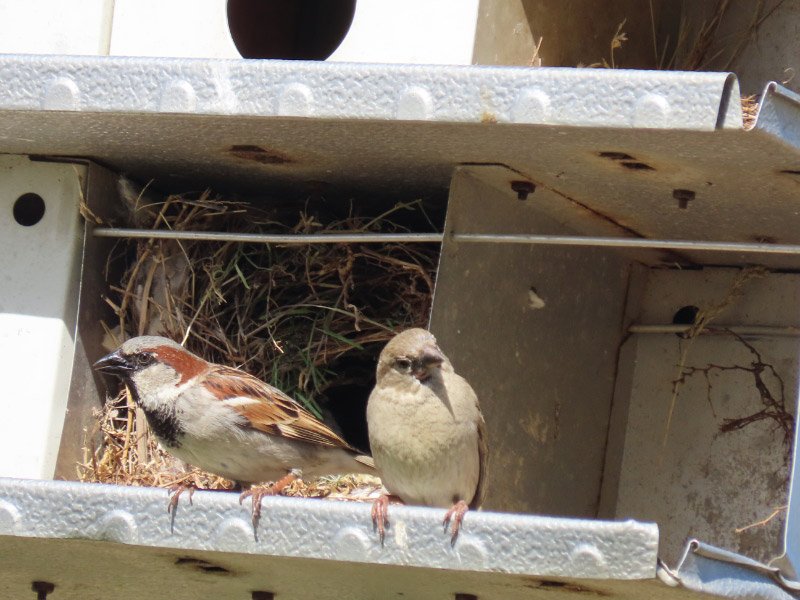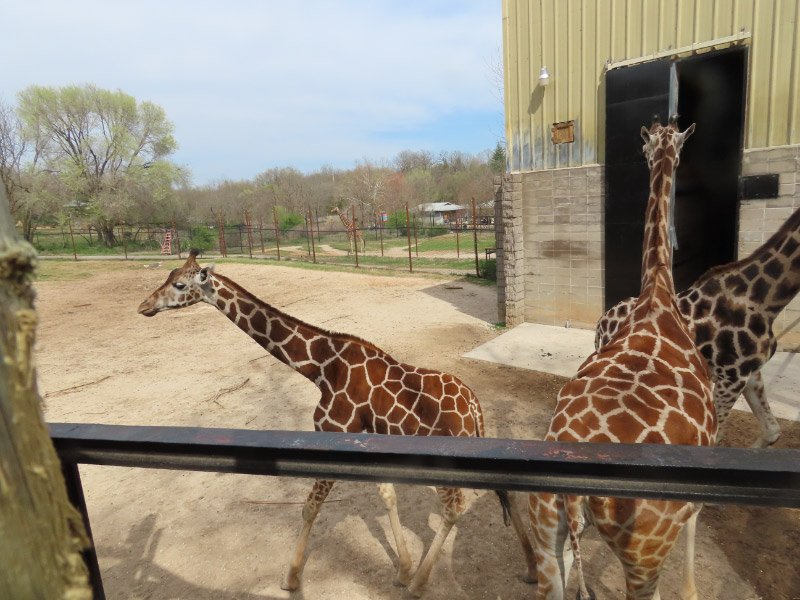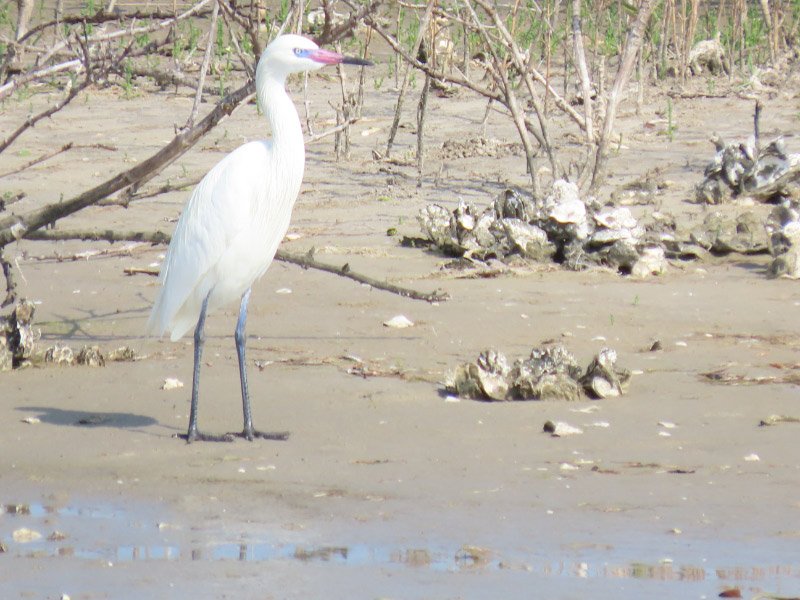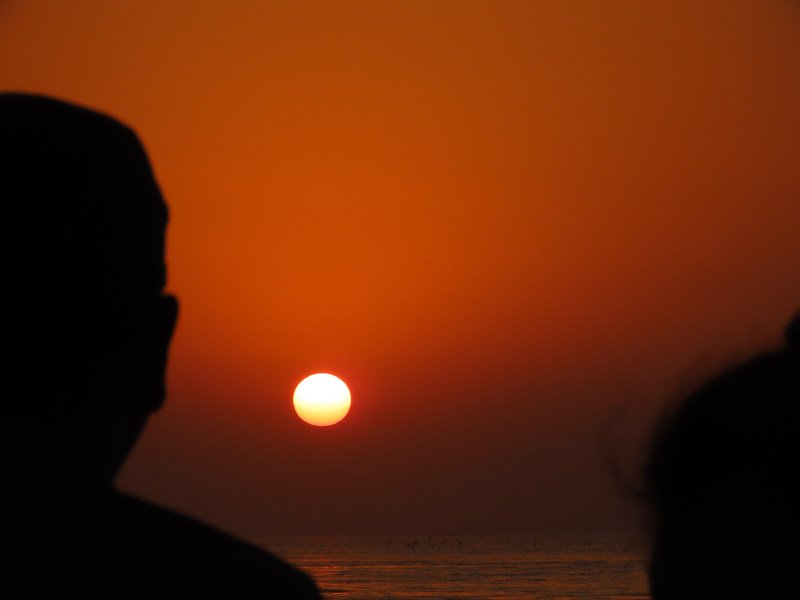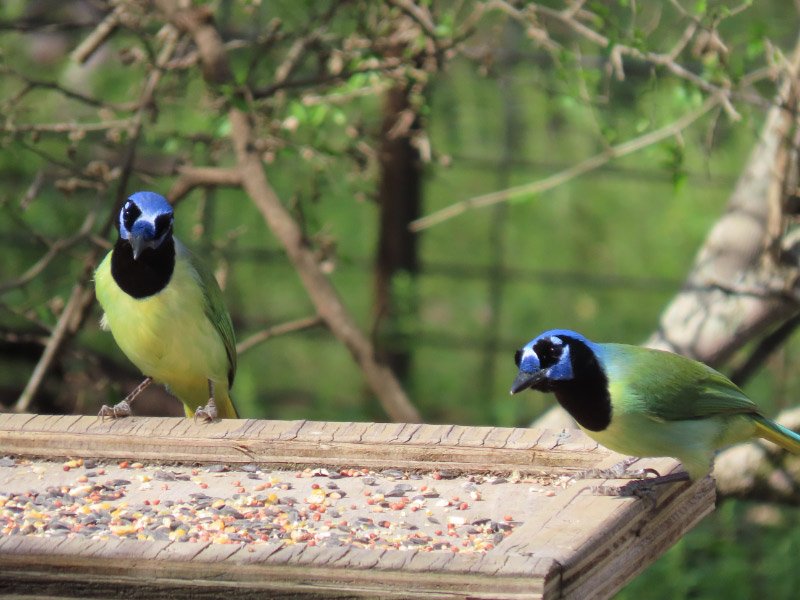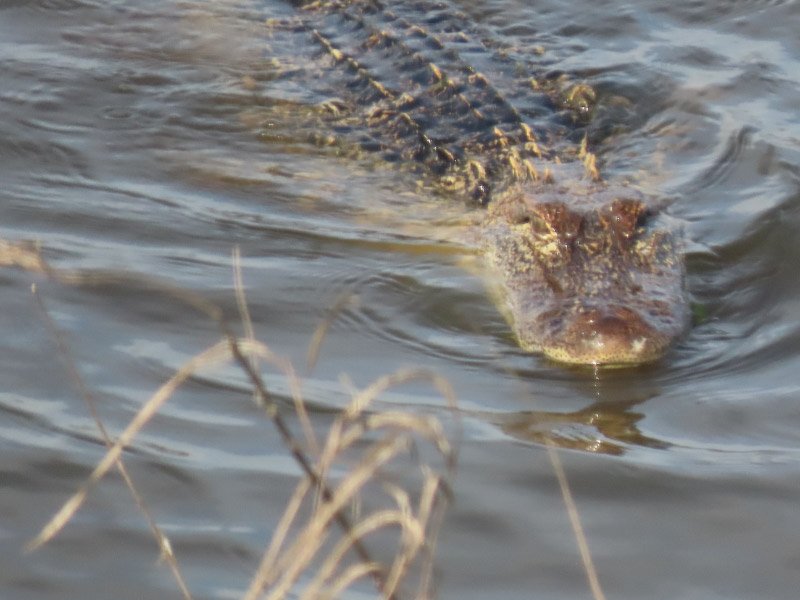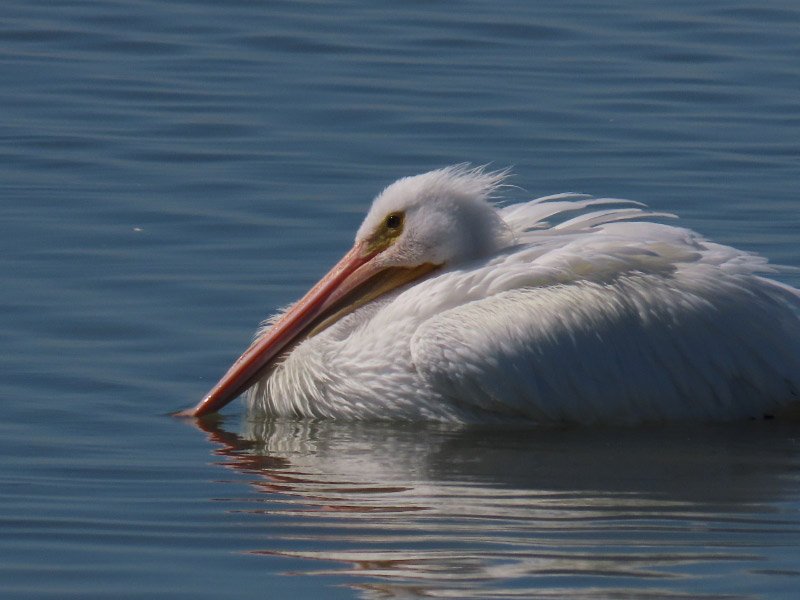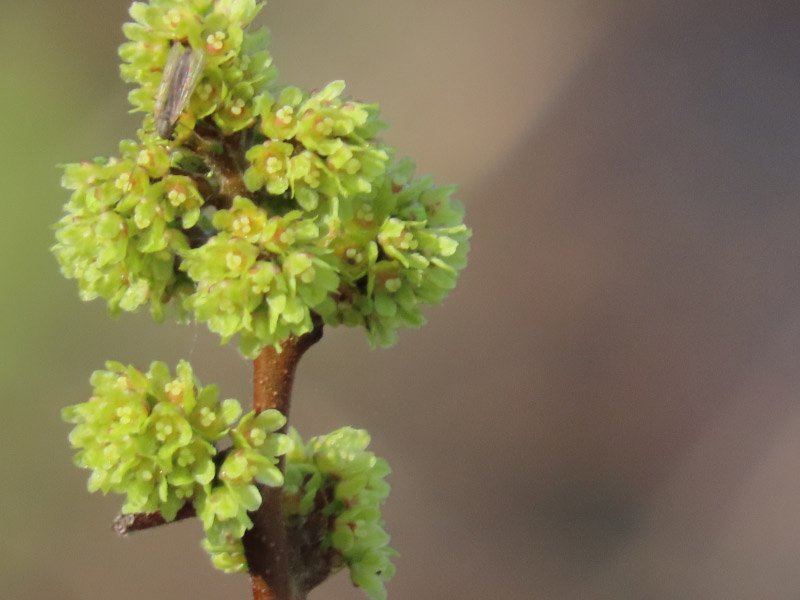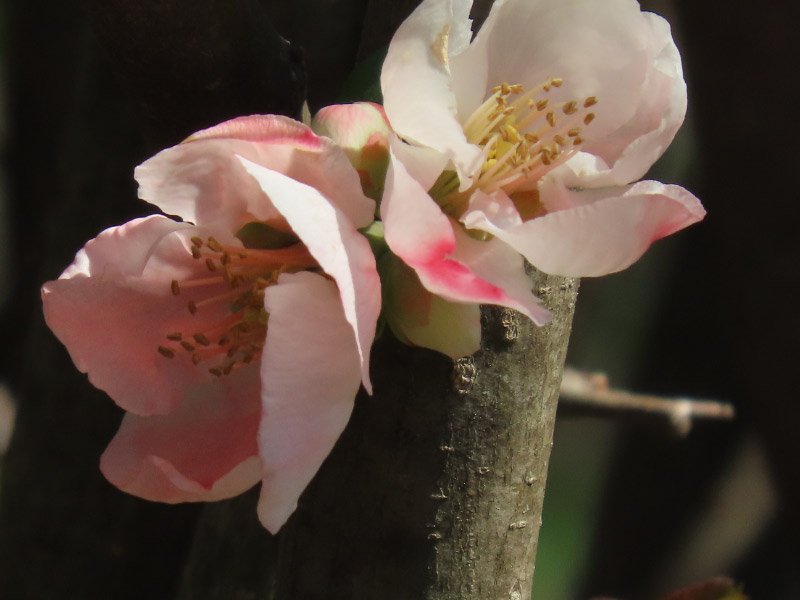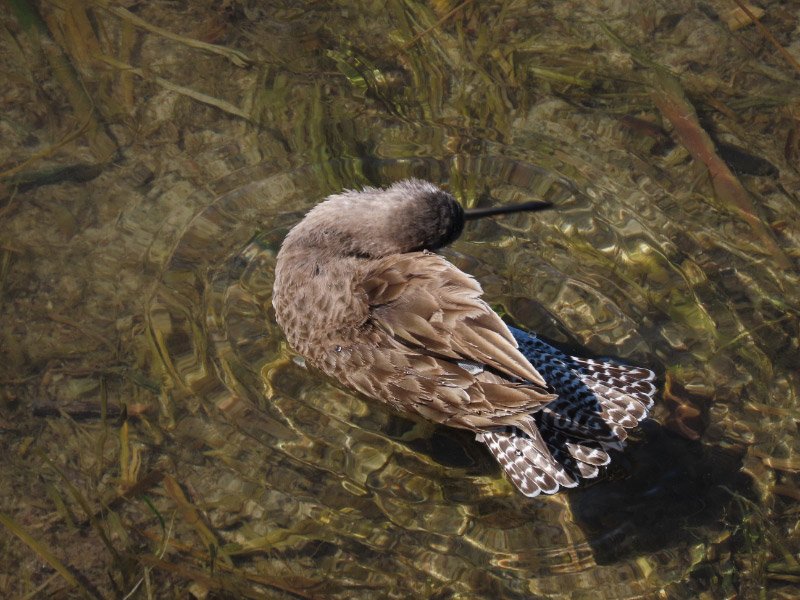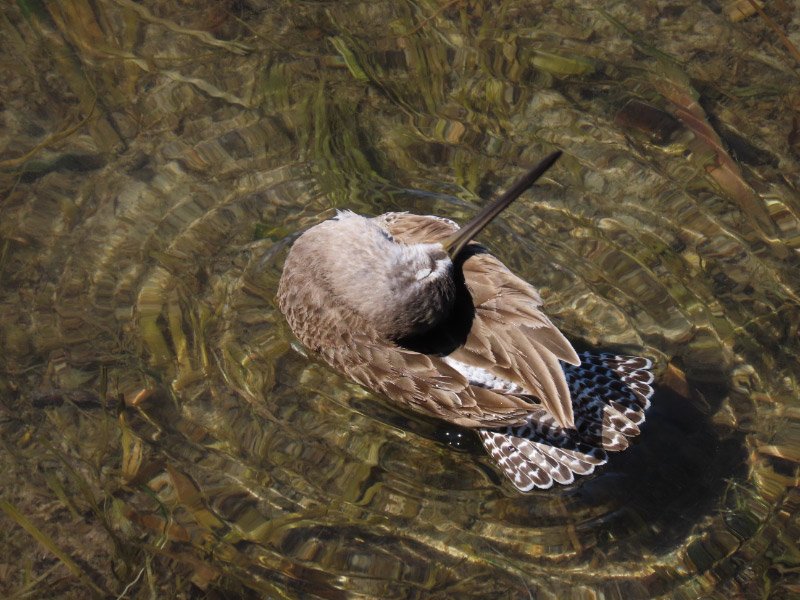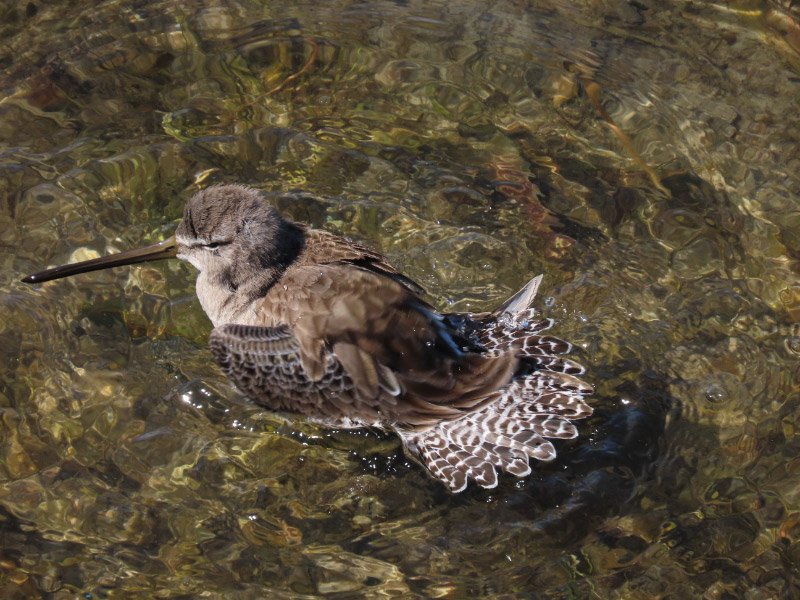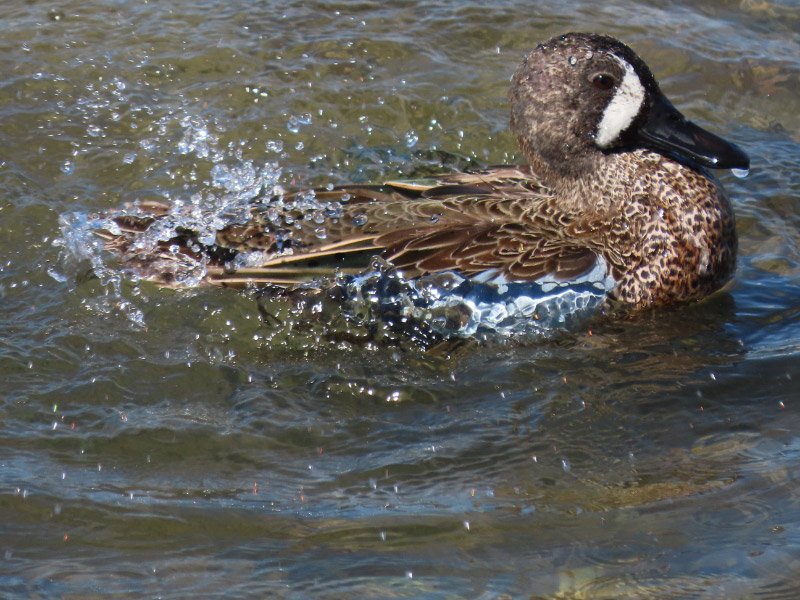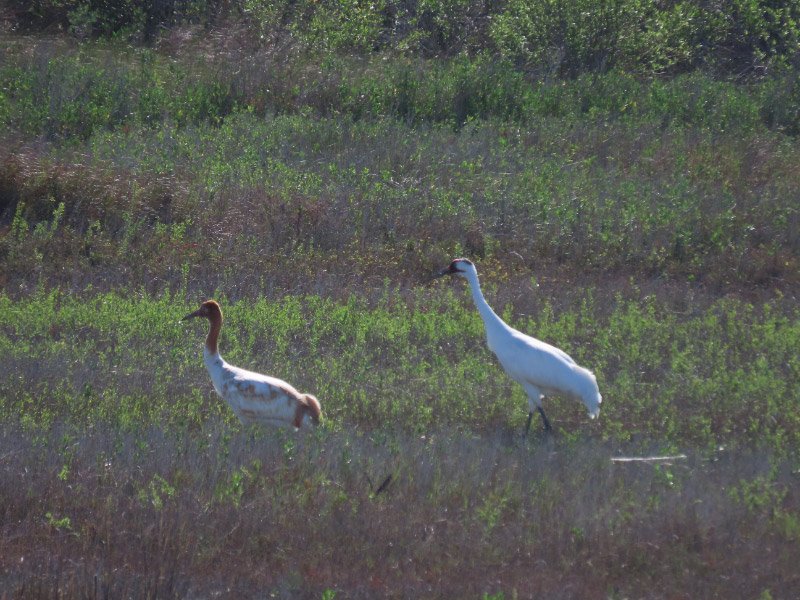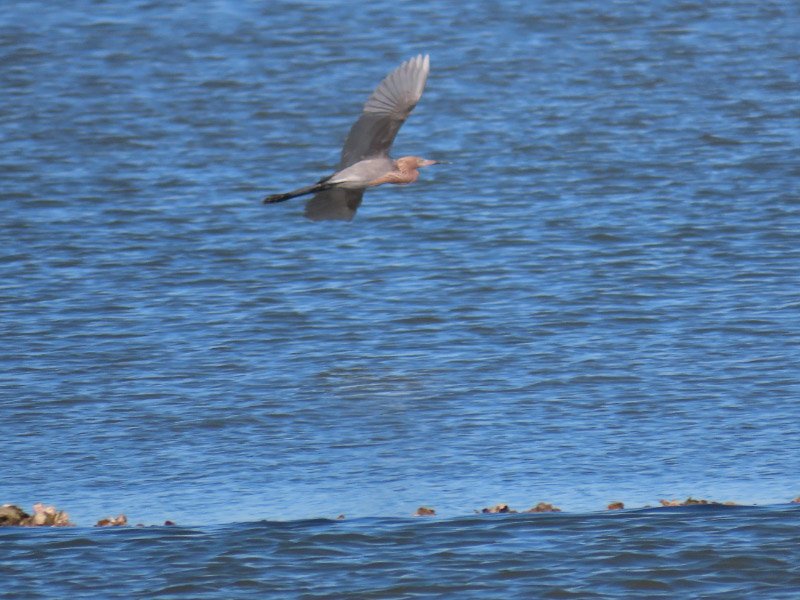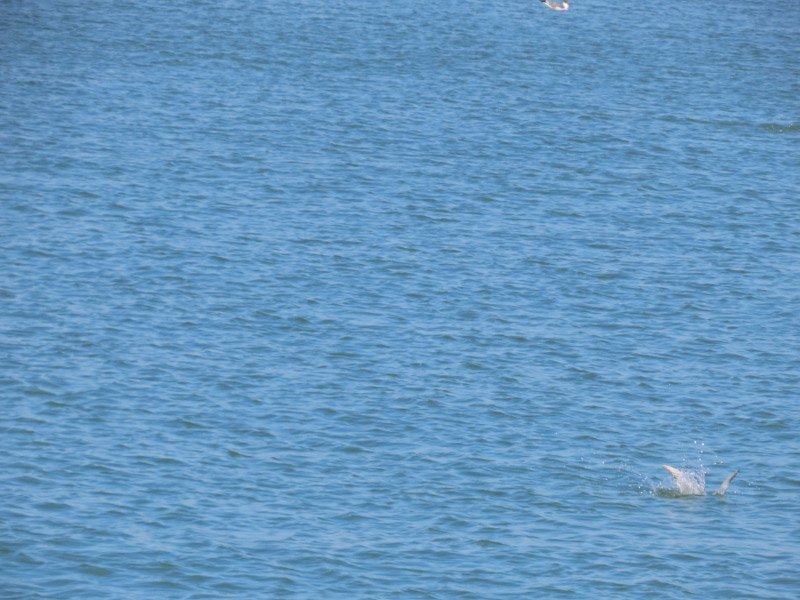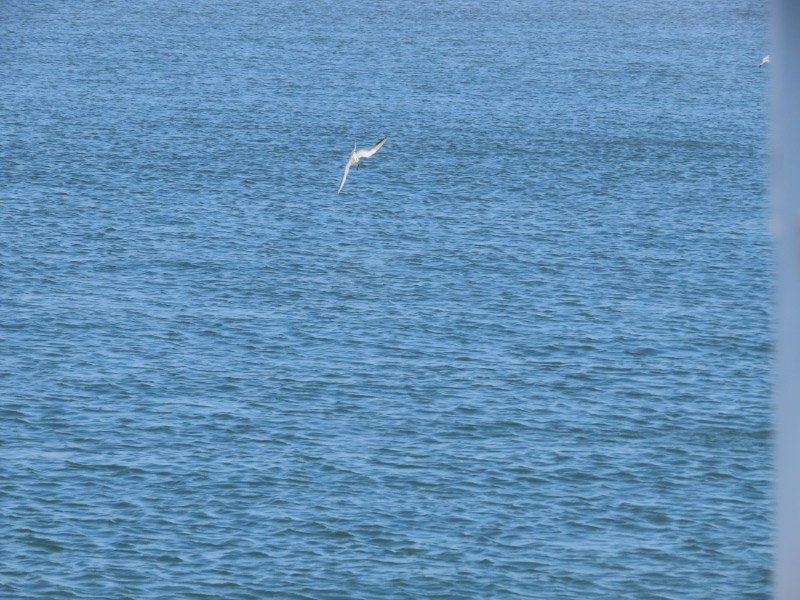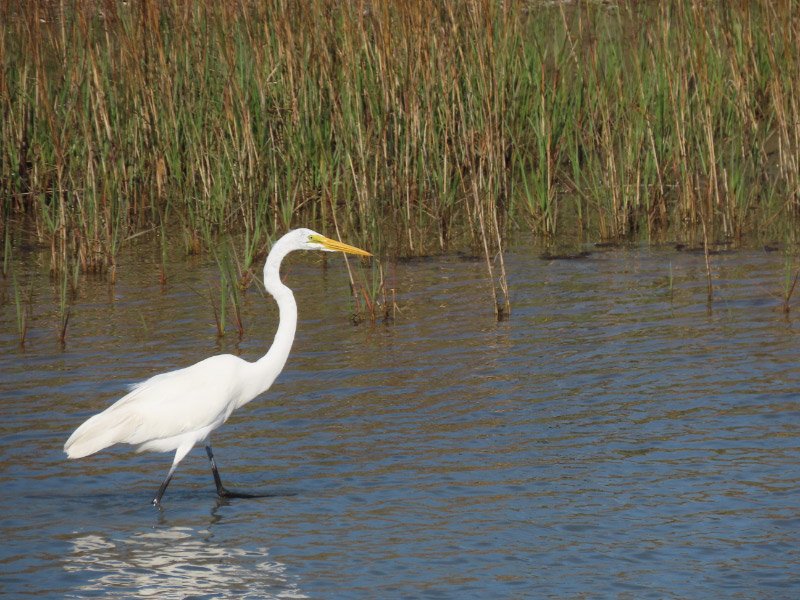Gleanings of the Week Ending April 13, 2024
/The items below were ‘the cream’ of the articles and websites I found this past week. Click on the light green text to look at the article.
Touching Image of Intergenerational Love Wins Black and White Minimalist Photography Prize – Minimalist…but powerful.
How an English castle became a stork magnet – 30 White Storks from a rescue project in Poland introduced in the rewilded habitat at Knepp Castle in southern England in 2016. At one point, storks even built nests on Knepp Castle itself although they usually build their nests in the crown of huge oak trees. The young storks started migrating in 2019. The colony has grown to about 80 storks…and is the first breeding colony in Britain in 600 years.
Evidence for Domesticated Chickens Dated to 400 B.C. - A study of eggshell fragments unearthed at 12 archaeological sites located along the Silk Road corridor in Central Asia.
Noisy Summer Ahead for U.S. as Dueling Broods of Cicadas Emerge - It is the first time these two broods are going to be emerging in the same year since Thomas Jefferson was in the White House. Mating season will last until July.
California’s Live Oaks in Focus - Some centuries old, the oaks are magnificent giants that can grow up to 100 feet tall and are what remains of a forest that once blanketed the region.
New approach to monitoring freshwater quality can identify sources of pollution, and predict their effects - Analyzing the diversity of organic compounds dissolved in freshwater provides a reliable measure of ecosystem health. Microparticles from car tires, pesticides from farmers' fields, and toxins from harmful algal blooms are just some of the organic chemicals that can be detected using the new approach.
Cars & Road Trips Made a Huge Difference in Women’s History – One of the first cars ever built got taken by a woman, without permission, on the world’s first road trip! Bertha Benz wanted her husband’s invention to be seen out in the country so people would buy it, but her husband Karl Benz was being timid about it. So, she took the car out on a road trip with her kids.
Common household chemicals pose new threat to brain health - The new study discovered that some common home chemicals specifically affect the brain's oligodendrocytes, a specialized cell type that generates the protective insulation around nerve cells. Loss of oligodendrocytes underlies multiple sclerosis and other neurological diseases. They identified chemicals that selectively damaged oligodendrocytes belong to two classes: organophosphate flame retardants and quaternary ammonium compounds.
The Soundtrack of Spring on the Platte River – Sandhill cranes staging last month along the Central Platte River in Nebraska. So many birds….lots of sound.
These Are the Most Polluted National Parks – Many national parks are suffering from air pollution and facing threats stemming from human-caused climate change. 98 percent of parks suffer from visible haze pollution, while 96 percent are grappling with ozone pollution that could be harmful to human health. Four of the nation’s parks with the unhealthiest air are in California: Sequoia and Kings Canyon National Park, Joshua Tree National Park, Mojave National Preserve and Yosemite National Park. Another California site, Death Valley National Park, also made the top ten list. 57 percent of national parks are facing at least one threat stemming from climate change that could permanently alter its ecosystems, with many parks grappling with multiple issues at the same time. Invasive species were the most prevalent issue.













